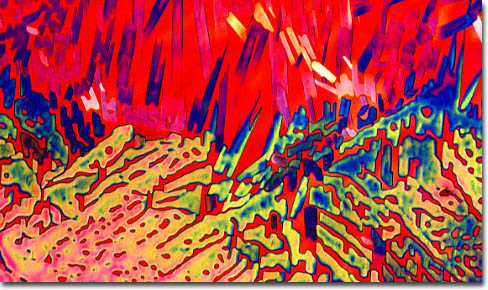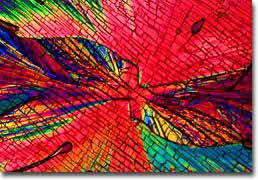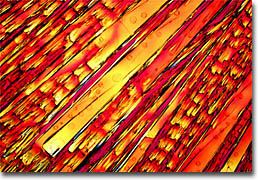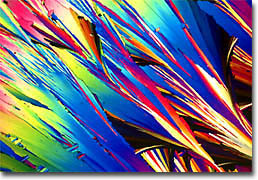The Beer Collection

Budweiser
Like beer? Check out our new Beershots photo gallery.Man has been brewing beer for about the past eight thousand years. In fact, the oldest document yet discovered by man, a clay tablet inscribed in Babylon around 6000 BC, depicts the preparation of beer for sacrificial purposes. Two thousand years later, the Babylonians had made over sixteen different types of beer using wheat, barley, and honey. The practice of brewing was introduced to Europe from the Middle East, and beer greatly increased in popularity there during the Middle Ages, when urbanization and poor sanitation made clean water somewhat of a scarcity. Beer has been popular in America since the early days of European colonization, and even George Washington, who would become the first President of the United States, kept a brewery at his personal estate in Virginia. 
Amstel Beer is the product of the fermentation of sugar into alcohol by yeast. The prime ingredients of most beers are barley, hops, water, and yeast, although in various civilizations throughout history other items have been alternatively utilized. Generally, however, to make beer, barley is soaked in water for hydration, sprouted, and then dried to form malt. The malt is then "mashed" in heated water under controlled circumstances to allow fermentation to occur and produce alcohol. The hops that are included in the beverage are acidic and derived from the flowers of a vine in the hemp family. The inclusion of hops provides bitterness as well as some of the flavor and aroma of beer and also helps preserve the drink since it inhibits the growth of certain microorganisms. Beer can be filtered or pasteurized, then charged with carbon dioxide to give the tingling taste. 
Heineken Beers are often divided into a variety of types, although these classifications may have somewhat different meanings in different countries and locales. The term ale in Great Britain, for instance, often refers to any light-colored beer, but in the United States these beverages are also characterized as having a strong flavor of hops. Lager beers, however, originated in Germany and are stored for a period of time to allow a second fermentation to occur. In general, they contain a smaller amount of hops than other types of beers. Dark beers are most often described as porters or stouts. Porters, which were originally developed as blends of ale with other beers, are now typically made from malt browned or charred by drying at high temperatures. Stouts tend to be darker and maltier than porters and some varieties may have alcohol contents as high as 7 percent. 
St. Pauli Girl The first "light" beer appeared in the marketplace as early as 1967, but this new type of beverage did not significantly gain in popularity for many years. Light beers, which are usually very light or pale in color, have a lower calorie and alcohol content than their regular brand name counterparts. Thus, they are often consumed by those who want to enjoy alcoholic beverages with less concern about weight gain or the dreaded beer belly. More recently, as low-carbohydrate eating plans, such as the Atkins and South Beach diets, became a widespread trend in the United States, large brewing companies, including Anheuser-Busch, Rolling Rock, and Coors, developed a new type of "diet" beer. These low-carbohydrate drinks are produced by alterations in the production process, such as the type of grains and yeast utilized, the brewing temperature, and the cooking time of the unfermented beer. Generally, low-carb beers only contain a small amount of residual sugars, and are, therefore, generally dry and pale. 
Molson Light Another relatively recent trend in the beer market is the rise of the microbrewery, which generates less than 15,000 barrels of beer on an annual basis. These small operations had been popular in America in the early 1900s, when over a thousand regional breweries were busily producing a tremendous variety of beer types. However, the enactment of Prohibition in 1920 was a tremendous strain on breweries, and by the time the constitutional amendment that made alcohol illegal in the United States was repealed through another amendment 13 years later, only the biggest brewing operations remained. These breweries continue to be some of the most successful makers and sellers of beer to date, but since the late 1980s, microbreweries have once again emerged onto the market with significant force. This rise in smaller, regional breweries has helped add variety to the country's available beer selection, which has also been supplemented for many years by imported brands, such as the Dutch beer Heineken and the Mexican drink Corona. 
Staropramen Today, beer production is a multi-billion dollar industry and competition is stiff with literally thousands of commercial brewers around the world. Large companies battle for their share of the market through powerful promotional campaigns and creative advertising efforts. In fact, enjoying the often unusual, eye-catching, and highly expensive commercials created by competing beer companies during large events, such as the Super Bowl, has become somewhat of a guilty pleasure for many Americans, who are more accustomed to changing the channel, rather than being subjected to sales pitches, during station breaks. Smaller breweries, however, often must depend more heavily upon word of mouth, trusting to the quality of their product for their livelihoods. Whatever their strategy for gaining a consumer base, beer-makers have, as a group, been extremely successful. Other than tea, beer is the most heavily consumed beverage in the world. |
© 1995-2025 by Michael W. Davidson and The Florida State University. All Rights Reserved. No images, graphics, software, scripts, or applets may be reproduced or used in any manner without permission from the copyright holders. Use of this website means you agree to all of the Legal Terms and Conditions set forth by the owners.
This website is maintained by our
|